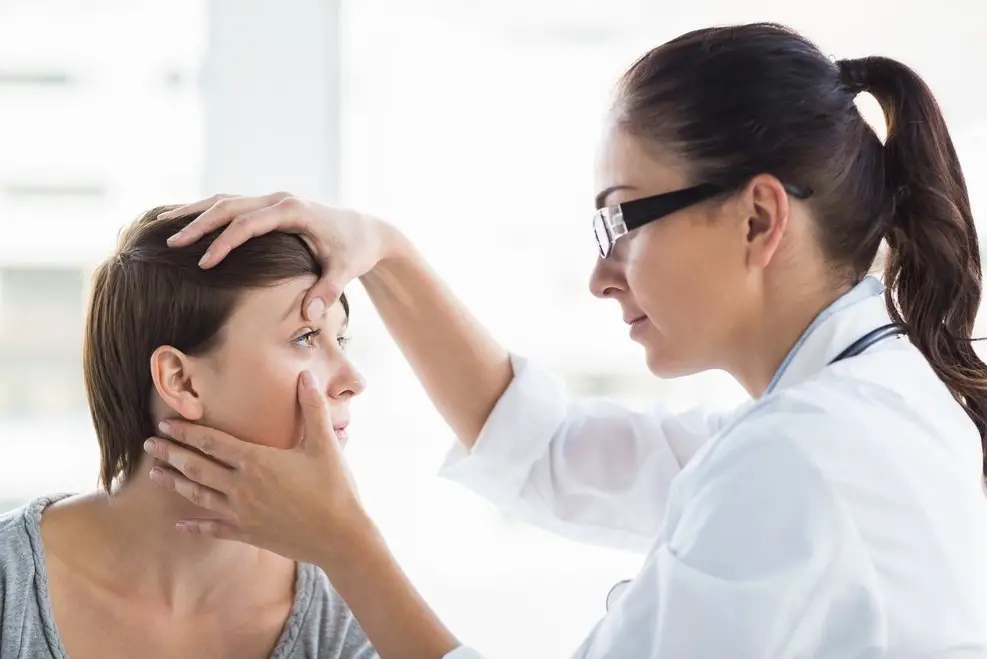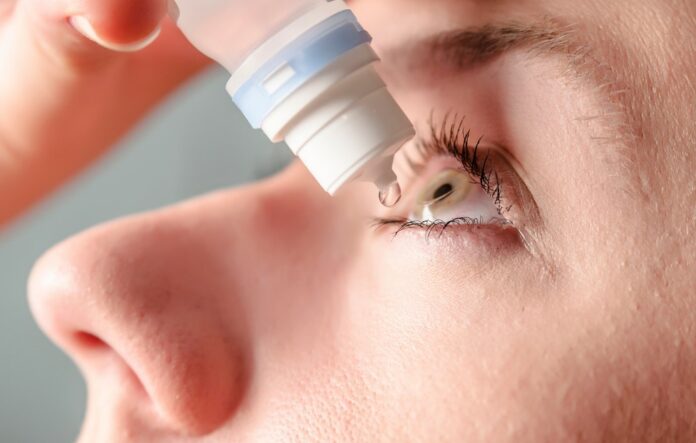Administering eye medicine can be trickier than other methods. For one, the eyes may show more adverse reactions if you apply the wrong medication to them. Additionally, they’re exposed and sensitive, so successfully administering medicine may require more precision and care. However, using specific drugs on the eyes to address a health problem may be the best option. So, if you’re dealing with an eye condition, you may have no choice but to apply the medicine directly to the eyes.
Hence, it’s helpful to remember some safety guidelines to prevent any problems from occurring during these situations. For instance, following FSS standards may help you work efficiently and quickly whenever you need to administer eye medicine. Additionally, here are some practices you can do:
Read The Label
One precaution you can exercise to ensure the safety of a person receiving eye medicine is reading the label. It’s helpful to double-check which drug you’re about to use, as some products have similar packaging but different contents.
For instance, an over-the-counter eye drop for lubricating the eyes may look similar to a doctor-prescribed eye medicine. And if you hastily use the wrong one, the patient may experience adverse side effects. Hence, you should confirm if the drug you’re using matches the person receiving the medicine.
Additionally, doing this practice may help you avoid wasting eye medicine. After all, you may be unable to use drugs that are already exposed as they may be contaminated with foreign particles. Using it on someone’s eye may not be hygienic and make them more prone to infections or irritation.

Disinfect Before Administering A Drug
Disinfection is an essential step people practice when administering medicine. It’s a great way to prevent infection and contamination of a drug. Hence, when applying eye medicine to another person, you must clean your hands first. This ensures no foreign materials are transferred from your hands to the treatment.
It would be best to take note of your environment when you need to administer eye medication. After all, it may not be hygienic to give drugs in a dirty place. So, you should find a clean location before opening and using any eye medicine.
Besides disinfecting your hands and environment, wearing a surgical-grade mask may also be a great idea whenever you administer any eye medicine since you must stay close to the patient when putting something on their eye. This prevents you from transferring any potentially harmful particles to the patient or drug.
If you’re handling a more sensitive patient or medicine, you may be required to wear gloves. For instance, if your patient has pink eye, you should be careful not to aggravate their condition further. They may be in a lot of pain and find it challenging to see normally. Hence, practicing this step is helpful when administering eye medications.
Let The Patient Stay In A Comfortable Position
Administering a drug to the eye is quite different from other intake methods. For instance, unlike drinking a tablet or syrup, a person must stay still after putting medicine on their eyes as it may fall out. Also, they may need to slowly give the correct dosage if the patient has sensitive eyes or blinks a lot.
So, if you wish to administer eye medicine safely, you must ask the patient to stay in a comfortable position. However, it may be a great idea to let them look up so it would be easier for the medicine to penetrate their eyes.
In cases where you need to perform more complex drug administration or require anesthesia, the person must stay still. You would want their eye area to absorb the medicine properly before applying other drugs.
Keep The Eyes Covered
Some people may require some time to adjust after receiving eye medicine. For instance, they may experience blurry vision or pain in their eye sockets due to the drug. Additionally, their eyes may be more sensitive after administration and require you to cover them temporarily.
If the medicine requires you to cover the eyes for a few hours to avoid exposure, you should use sterile materials to protect the area. Additionally, it would be helpful to give clear instructions to the patient on when they’re allowed to remove their eye cover.
Final Thoughts
Administering eye medicine doesn’t have to be complicated or difficult. You only need to prioritize the patient’s condition and avoid contamination or infection to ensure you do it correctly and safely. Practices like reading drug labels and having good hygiene are great ways to safely provide eye drugs to patients with various eye and vision concerns.


